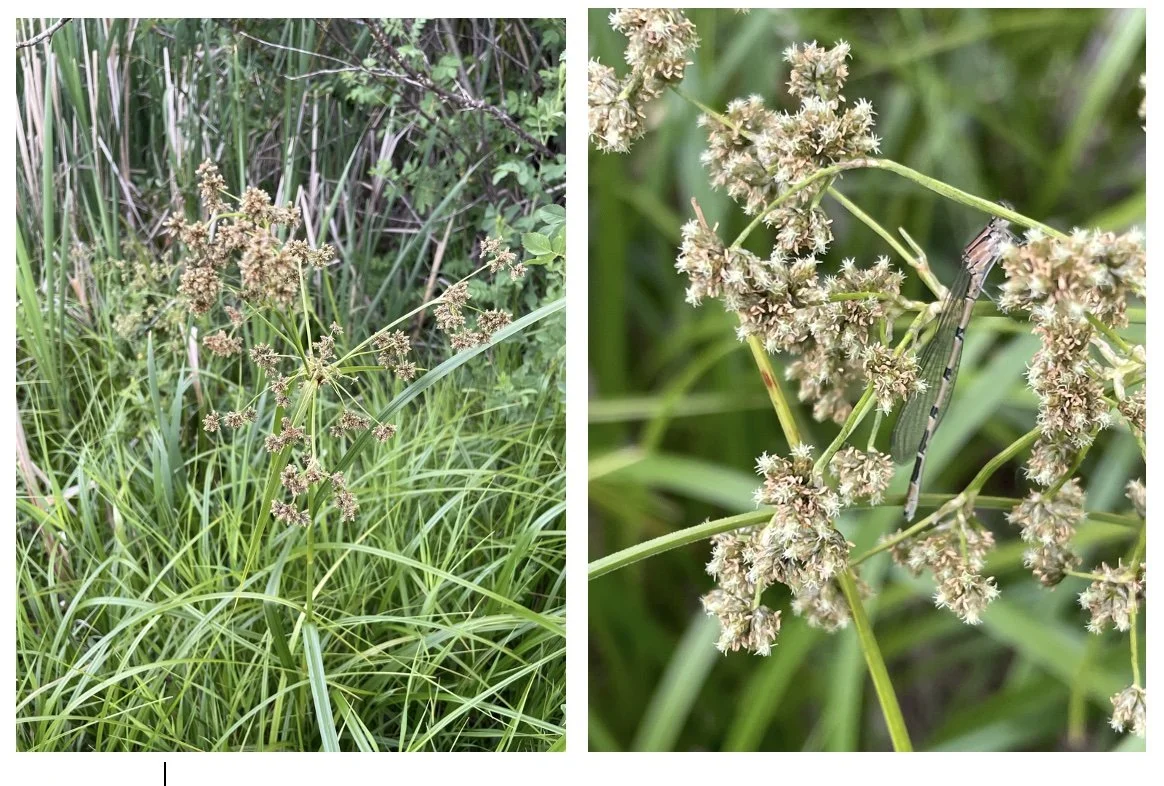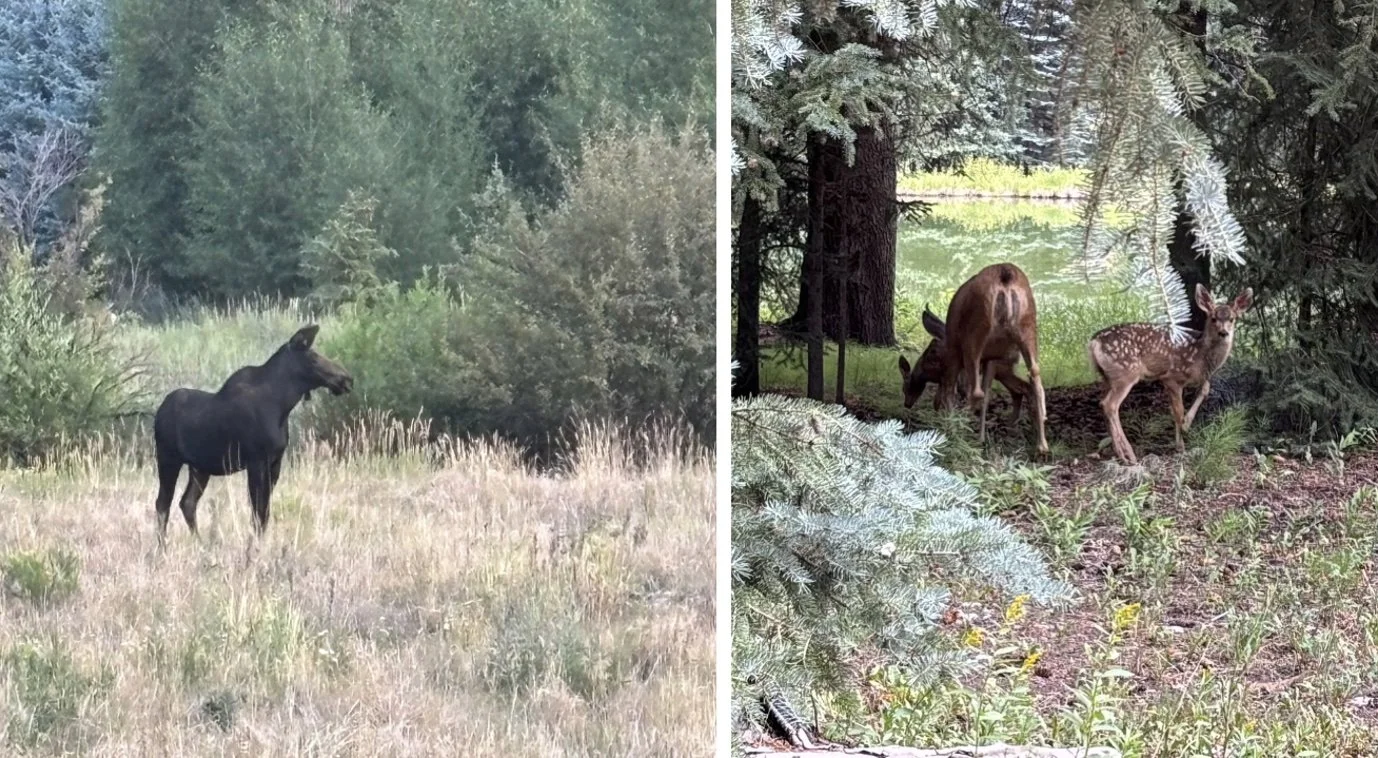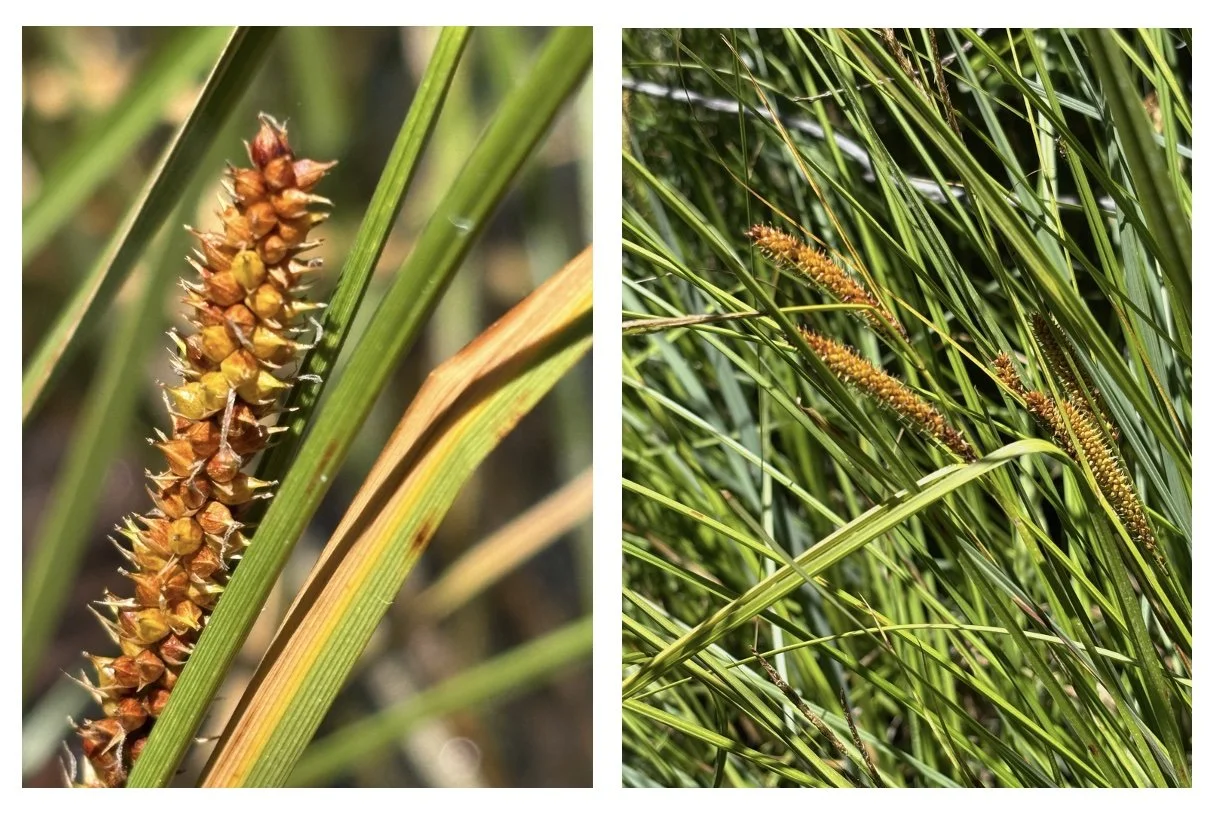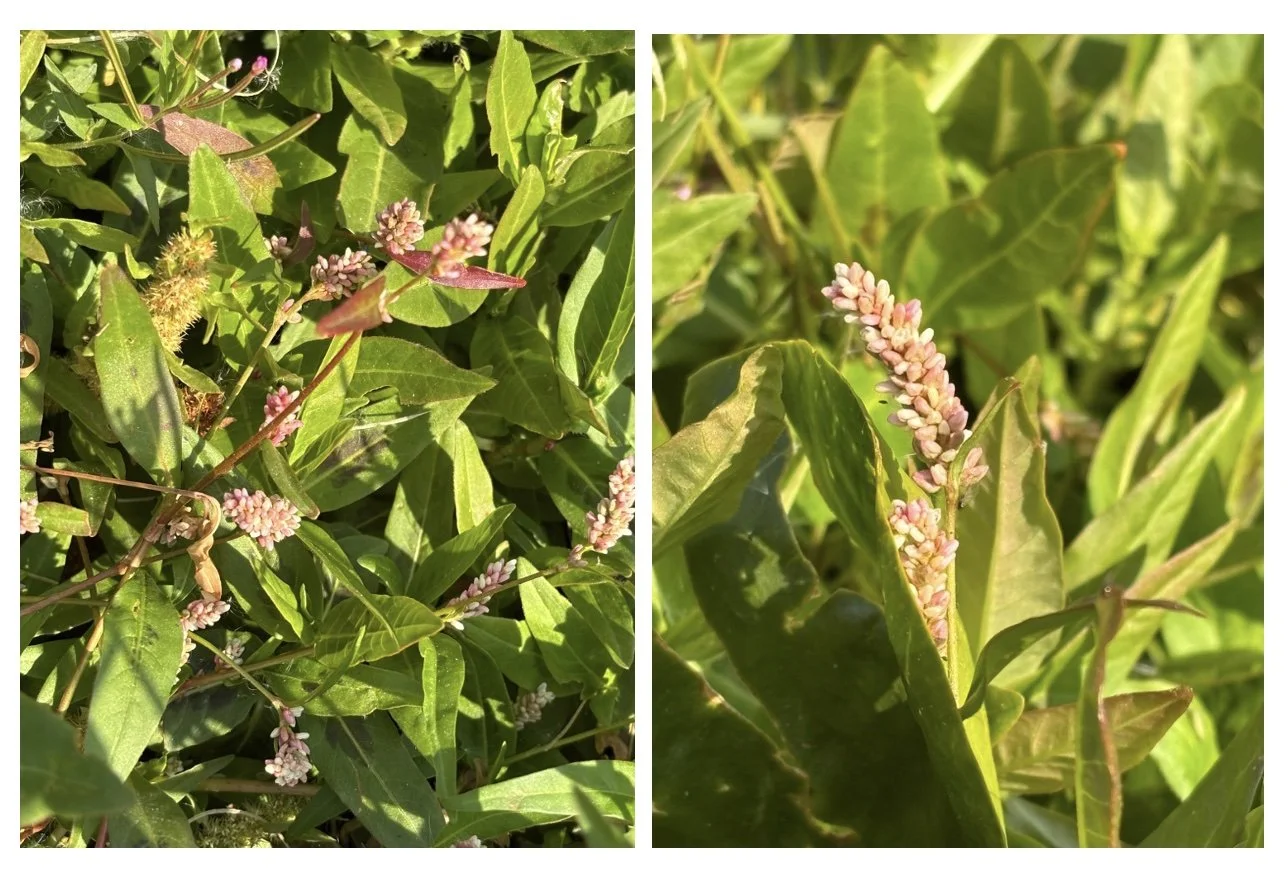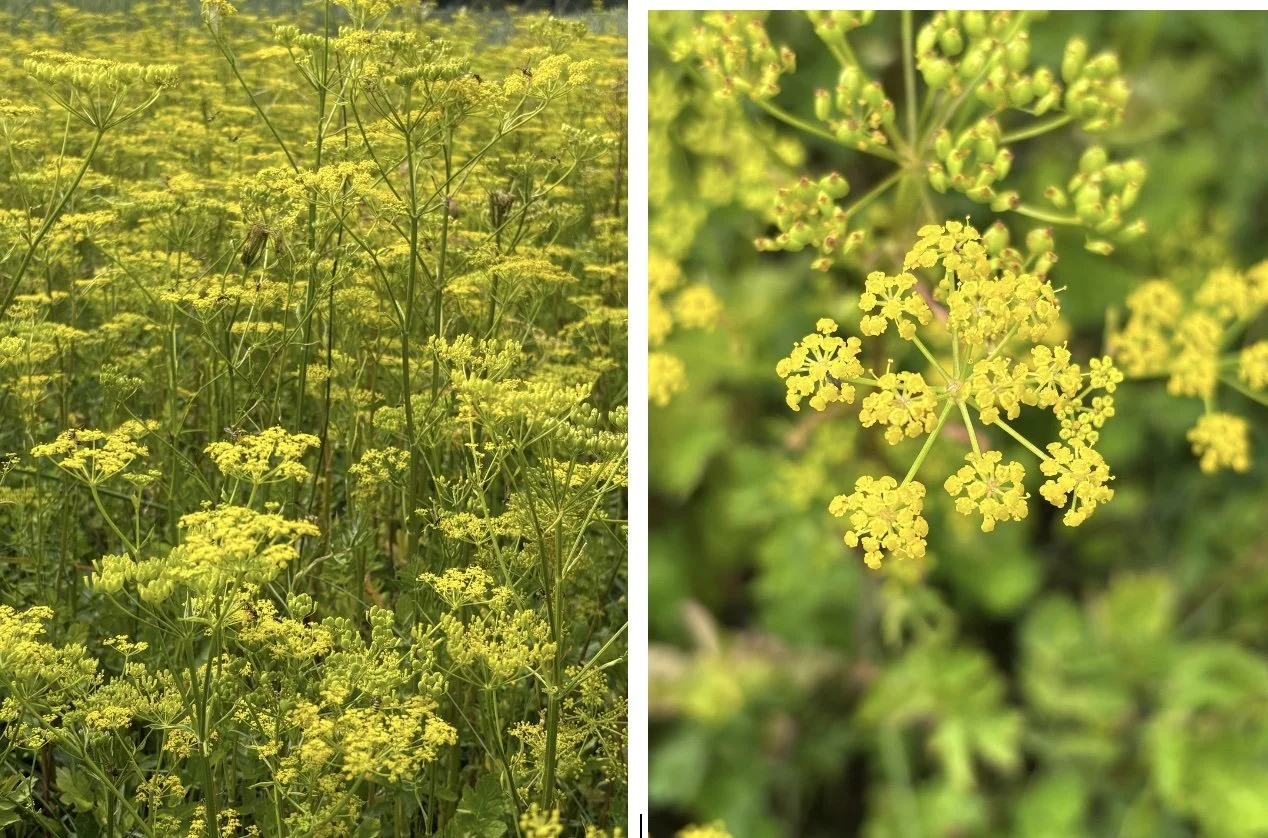New Finds Along Stream Banks and Wetlands
Droughts are not uncommon on the Western slope of the Rockies and, after several years of fairly average rainfall, this summer has been dry and hot. Last winter’s snowpack melted off by late July on all but the highest ridge lines and sheltered cirques. And less than two inches of rain has wetted the Crystal River Valley since the beginning of May.
A fellow wildflower enthusiast who has hiked the backcountry for over 20 years told me that she had never seen the upper Yule Creek basin so dry. That’s consistent with an August 10 report in The Aspen Times that Pitkin County has seem the eighth driest January to June in 131 years. There have been Stage 2 fire restrictions (no campfires anywhere) for weeks and the air is acrid from blazes to our west.
In the August issue of the local Crystal Valley Echo, Gentrye Houghton, the Editor, penned a moving obituary to the day. “We are walking through the ghosts of trees,” she wrote, “breathing in the last beautiful sigh of a dying landscape.”
Most plants thrive on water and wildflowers are no exception. Wilted leaves, parched brown meadows and absent blooms have been all too evident along forest trails and montane vistas alike. My local patch of rare white Campanula parryi has been one casualty. (See below.) But I also searched in vain on familiar ground for Adoxa, Skullcaps, Blue- eyed Grass and Shooting Stars.
Will the soil harbor sufficient rootstock and seed to replenish these blooms if there is more moisture next year? It will bear a close watch. As will tracking the competitive balance between a number of other native species (e.g. Coneflowers, Paintbrush, Northern Bedstraw, various goldenrods) vis-a-vis what may be more drought resistant non-natives (e.g. Oxeye Daisy, Scentless Chamomile, Houndstongue, Canada and Musk Thistles).
Resigned to the facts, when it came to counting new species I concentrated my search on the valley’s wetlands and stream banks. That proved to be fruitful while affording more than one refreshing dip along the way. By mid-August, I was able to photograph over a dozen additional finds. A selection appears below.
Per the photos, most of these flowers have a green or brown inflorescence and hence are often overlooked or ignored (as non-flowers) for want of buzzy pollinators, showy petals or any eye-catching hue. But don’t be misled. While often camouflaged among willow breaks, once sited the iconic reeds, rushes and sedges that mark our local wetlands and stream banks can be as enchanting as any delicate alpine bloom. Moreover, they play an invaluable ecological role in anchoring local watercourses and providing food and forage for wildlife.
What’s the difference between reeds, rushes and sedges? Sedges have edges with triangular or three-sided stems and leaves in three vertical rows; the stems of reeds and rushes are round. That’s one of the main physical differences. Rushes are also in a separate botanical family (Juncaceae) from reeds which are part of the grass family (Poaceae); the round stems in Juncaceae are jointed, another distinguishing characteristic.
Plants in both families are wind pollinated as are sedges (Cyperaceae). And, yes, the flowers of sedges, reeds and rushes are hard to parse because the main reproductive parts (pistils and stamens) are usually tiny. A hand lens can help. For further research, try Wild at Heart by Janis Huggins which has detailed diagrams of the flower parts found in these three families.
The Crystal River valley’s wetlands are also home to a several members of the Ranunculus (Buttercup) family that may rarely be seen trailside. I have included two new finds at the end of the photo section.
FYI, for other wildflowers not included in Get Out There (it went to press in May 2024) try browsing the autumn 2024 compilation of additional finds under the “New Species” page of this web site.
Torrey’s rush, Juncus torreyi
Panicled bullrush, Scirpus microcarpus
Burr Reed, Sparganium anericanum
Streambank Visitors
Rough Horsetail / Scouring Rush, Equisetum hyemale
Rainbow Trout
Spike Rush, Eleocharis palustris
Water sedge, Carex aquatilis
Golden Dock, Rumex fueginus
Spotted Lady’s Thumb Persicaria maculosa
Hardstem Tule, Schoenoplectus acutus
Gmelin's buttercup, Ranunculus gmelinii
McCoun’s Buttercup, Ranunculus macounii
And two more from the banks of the Crystal River.
Wild Parsnip, Pastinaca sativa
Nuttal’s Sunflower, Helianthus nuttali


